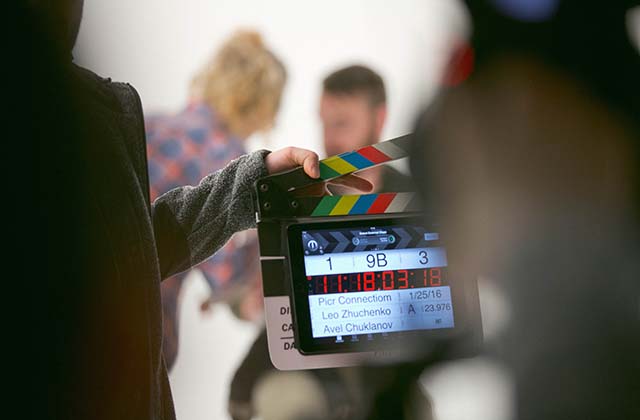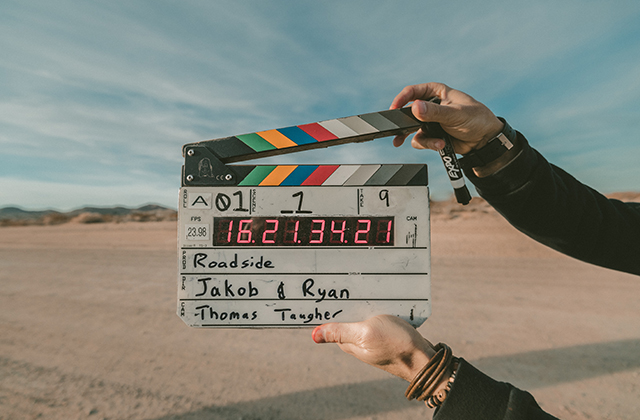The cinematic styles of film making are varied and diverse. They can be traced back to the early days of cinema and have had a massive impact on how we see and experience movies today. Tv storyboard are important part to advertise your film especially the trailer.
Cinematic styles are often referred to as ‘genres’ or ‘sub-genres’ because they represent a particular style of filmmaking that is used by directors to tell their stories in a particular way.
A lot of these different styles can be traced back to certain directors, who have become famous for their unique visual style. In this article I will look at some of the most popular cinematic styles in film history and explain what makes them so special.
Cinematic styles, or film styles, are the various techniques used by filmmakers to direct and manipulate shots in order to create certain effects. They are used consciously by filmmakers or unconsciously by audiences who have seen many films before. Some examples include:
- Classical Hollywood Cinema
- Realism
- Naturalism
- Expressionism
- Surrealism
One of the most important elements of film is style. A movie can be good or bad, but it is always defined by its style. A film can have a certain look and feel to it that makes it unique and memorable. There are many different styles of filmmaking that have been developed over time. These different styles can be used in conjunction with each other to create an even more unique experience for the viewer. They can also be used separately, giving the director a choice as to what kind of mood they want their film to have at any given time.
What is Cinematic Style?
Cinematic style is the way in which a film looks and sounds. It is the visual and auditory presentation of a story. A filmmaker can use many different styles of film making to present their story. These include:
• Realism: This style attempts to show things as they are. The characters are played by real people, not actors, and there is no script or pre-planned plotline. A documentary is an example of realism in filmmaking.
• Naturalism: Naturalism focuses on showing real people in real situations and events. The characters are often of lower classes or working class people, and there is no script or pre-planned plotline, just what happens in front of the camera during filming.
• Surrealism: Surrealism is when things happen that cannot be explained logically or rationally; events are presented that defy logic because it makes us think about life in new ways. Surrealism can also be used for political purposes by making us question our own beliefs about social justice issues such as racism or sexism.
The following guide will help you understand how these styles work, so you can create your own films that are full of magic too!
Cinematic Styles Of Film Making
The following are some of the most common cinematic styles:
- Documentary Film Making: This style involves filming real life events as they happen with no interference from the director or crew. This makes it an extremely realistic approach to filmmaking, but it can also be difficult to achieve since you don’t know exactly what will happen until it does! Documentaries often cover a wide range of subjects including nature, science and politics.
- Narrative Film Making: Narrative films tell stories through dialogue and visuals so that viewers can follow along with ease from start to finish without any confusion or misunderstanding what’s going on or when things happened in relation to each other in time or space! Narrative films can be fictional or nonfiction (real life events). They commonly use one or more genres.
- Comedy/Tragedy: A comedy is light-hearted while tragedy is serious. Comedy and tragedy are also known as “moods.” These moods can be combined to create a mixture of humor and seriousness that makes for an interesting story. For example: The Pink Panther (comedy) and Schindler’s List (tragedy).
- Romance: Romance movies tell stories about love between two characters who have some kind of conflict preventing them from being together until it’s resolved in the end by one of them sacrificing something important for their beloved’s happiness (like Mr Darcy did for Elizabeth Bennett in Pride & Prejudice).
Cinematic styles of film making are the different types of ways a director and his team can choose to tell their story. Each style has its own set of conventions, rules and techniques which must be followed in order to create an effective piece of work. Here are some examples:
Auteurism – This is a style which was created by French critics who believed that the director was the most important person on a film set. If a film was successful it was because it had been made by one person with their own vision and style, not because it had been made by a large number of people with different ideas. The director is usually credited as being responsible for everything from casting decisions to music choices and editing.
Artistic Realism – This style is characterized by its focus on realism in all aspects of filmmaking including acting, sets and costumes. It attempts to make everything look as close to reality as possible through careful use of lighting, props and camera angles. This can also include using real locations instead of sets whenever possible or having actors wear everyday clothes instead of costumes so that they are more believable when portraying real life situations in their roles. Scenesbydean.com are also doing TV commercials for your business.



